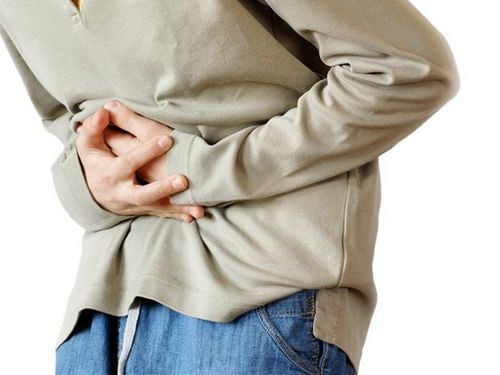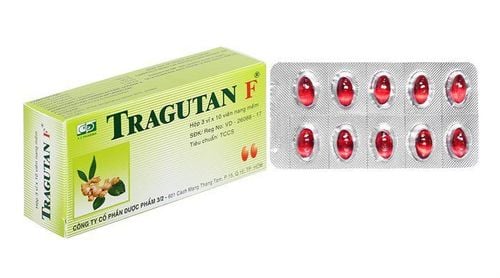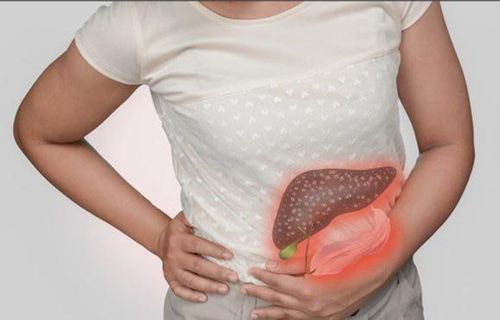This is an automatically translated article.
The article was consulted with Master, Doctor Nguyen Thi An - Pediatrician - Neonatologist - Department of Pediatrics - Neonatology - Vinmec Ha Long International General Hospital.Continuous positive pressure breathing or CPAP breathing is a commonly used supportive treatment method for children with respiratory failure who are still able to breathe on their own in current medical facilities. Indications for CPAP breathing for children are diverse, but they are all aimed at reducing the risk of mechanical ventilation and non-invasive respiratory support for children.
1. What is CPAP breathing?
CPAP (continuous positive airway pressure) is a method of respiratory support for children who are still able to breathe on their own, by maintaining constant positive air pressure throughout the breathing cycle and maintaining residual air volume. function. In addition, in CPAP breathing, there are some technical phrases as follows:
NCPAP (nasal continuous positive airway pressure): breathing continuous positive pressure through the nose. ECPAP: endotracheal CPAP breathing. Parameters: PEEP (positive end-expiratory pressure) and FiO2 (inspiratory oxygen concentration).

Thở CPAP là thở áp lực dương tính liên tục qua đường mũi
2. Structure and working principle of CPAP . breathing
CPAP system is designed to create warm and humidified air flow to continuously supply the baby throughout the breathing cycle, to create positive airway pressure, people use PEEP placed at the end of the airway. . The system will be connected to the patient by endotracheal tube, nasal cannula or cannula, mask depending on the type of CPAP.
Working principle: when the child breathes on his own, the airway pressure will be more negative than atmospheric pressure during inspiration, more positive during expiration, and return to 0 at the end of expiration. Therefore, when a child is given CPAP at a positive pressure of 5 cmH20, the CPAP system will create a continuous positive pressure on the airway, including the time of inspiration and expiration. Then the end-expiratory pressure is +5 cmH2O.
3. Purpose of CPAP
Indications for CPAP breathing to achieve the following goals:
Maintaining continuous positive pressure helps:
Increase lung expansion, increase lung volume. Small bronchiectasis makes it easier for children to expel phlegm. Preventing atelectasis, reducing pulmonary edema and reducing venous blood to the heart. Besides, CPAP breathing is also a non-invasive respiratory support method to reduce the risk of mechanical ventilation in children.
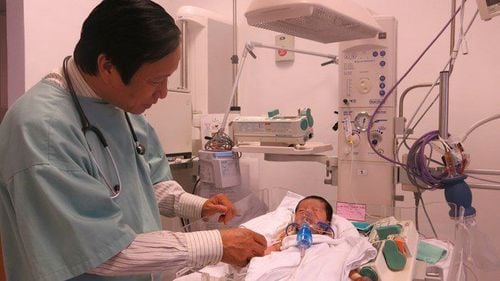
Thở CPAP giúp làm giảm nguy cơ thở máy của trẻ
4. Indications of CPAP . breathing cases
Indications for CPAP breathing include:
Acute respiratory failure in children who failed oxygen therapy. Atelectasis due to sputum obstruction, endothelial disease. Meconium aspiration pneumonia. Bronchiolitis . Water asphyxia. Apnea in preterm neonates. Diseases of overload such as pulmonary edema, pulmonary hemorrhage. Post-operative thoracic surgery. Take off the ventilator. Support in cardiovascular diseases in children such as ductus arteriosus, heart failure. Some contraindications of CPAP breathing include:
Upper respiratory tract malformations: cleft lip, cleft palate, posterior nasal atrophy, esophageal atrophy with gas-oesophageal fistula.
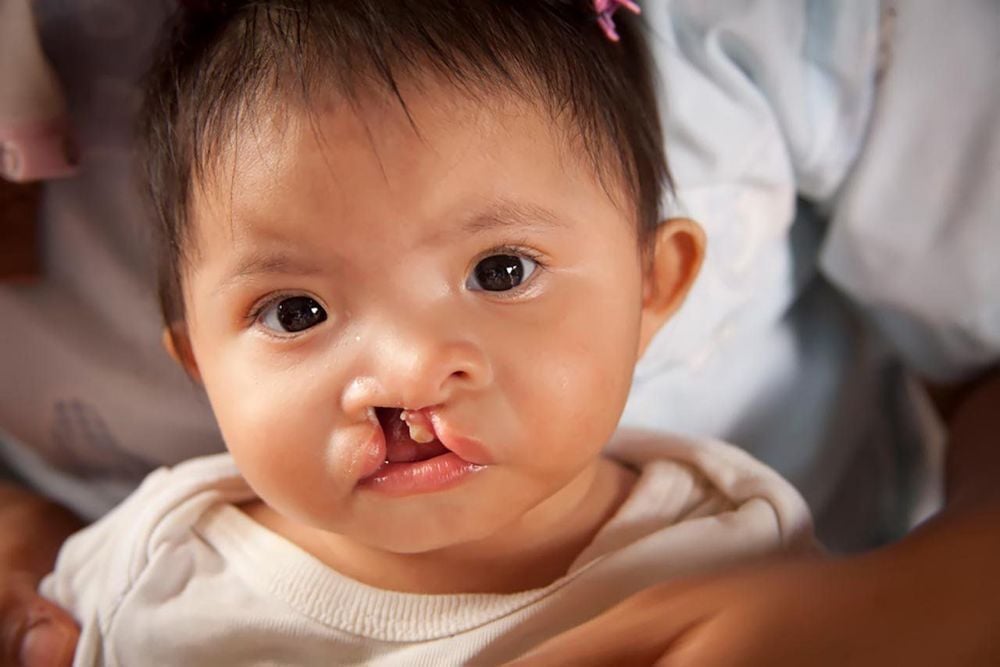
Trẻ bị dị tật đường hô hấp trên không được chỉ định thở CPAP
Undrained pneumothorax. Increased intracranial pressure seen in hemorrhage or meningitis Patients with emphysema. Diaphragm hernia. Small bowel atrophy, intestinal obstruction. At Vinmec International General Hospital, CPAP breathing technique is being applied to children with respiratory failure. This technique has the following advantages:
Over 95% success rate. Non-invasive to the patient's body. Reduce mortality. Reduce the rate of intubation for patients. The patient recovered quickly. Safe for patient health. As a key area of Vinmec Medical system, Pediatrics Department always brings satisfaction to customers and is highly appreciated by industry experts with:
Gathering a team of leading pediatricians: including leading experts with high professional qualifications (professors, associate professors, doctorates, masters), experienced, worked at major hospitals such as Bach Mai, 108.. Doctors All are well-trained, professional, with a mind - range, understanding young psychology. In addition to domestic pediatric specialists, the Department of Pediatrics also has the participation of foreign experts (Japan, Singapore, Australia, USA) who are always pioneers in applying the latest and most effective treatment regimens. . Comprehensive services: In the field of Pediatrics, Vinmec provides a series of continuous medical examination and treatment services from Newborn to Pediatric and Vaccine,... according to international standards to help parents take care of their baby's health from birth to childhood. from birth to adulthood Specialized techniques: Vinmec has successfully deployed many specialized techniques to make the treatment of difficult diseases in Pediatrics more effective: neurosurgery - skull surgery, stem cell transplantation. blood in cancer treatment. Professional care: In addition to understanding children's psychology, Vinmec also pays special attention to the children's play space, helping them to have fun and get used to the hospital's environment, cooperate in treatment, improve the efficiency of medical treatment.
Please dial HOTLINE for more information or register for an appointment HERE. Download MyVinmec app to make appointments faster and to manage your bookings easily.






